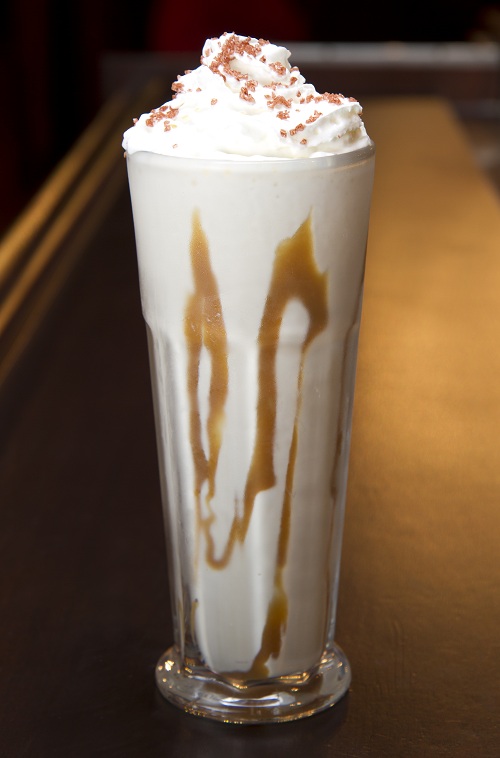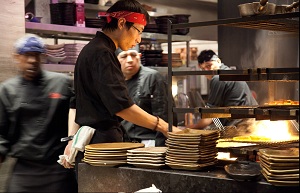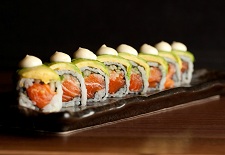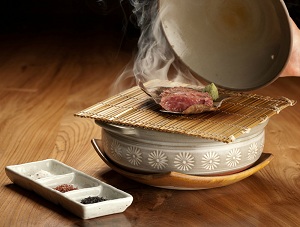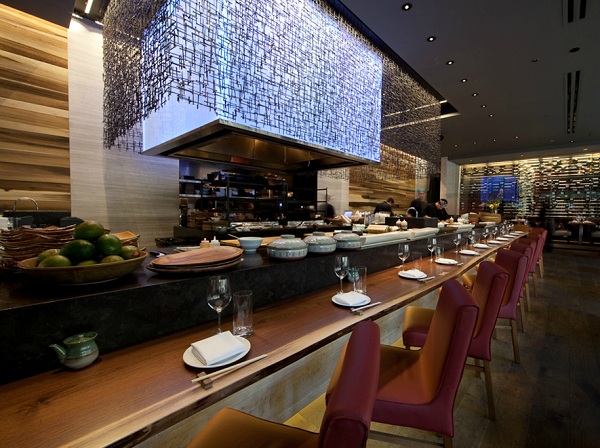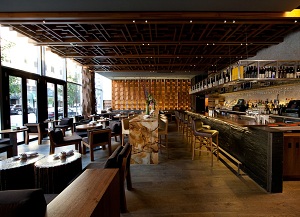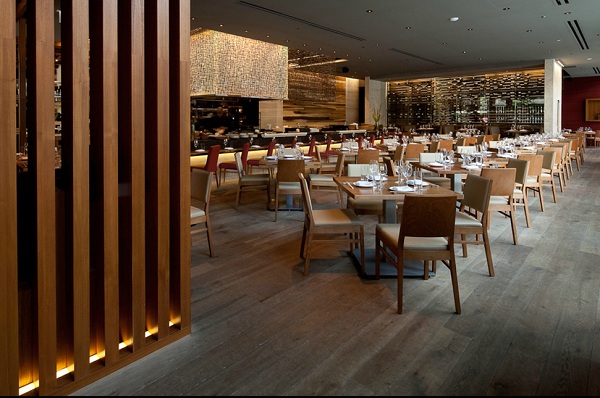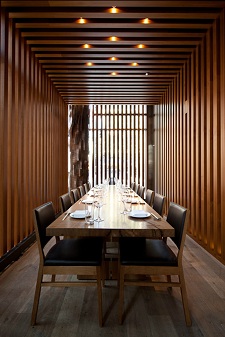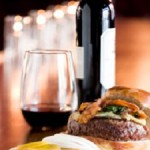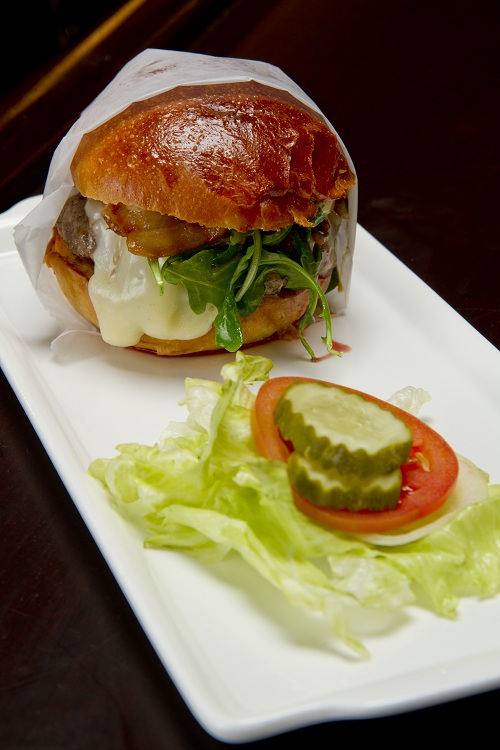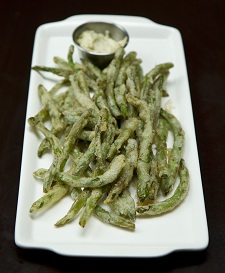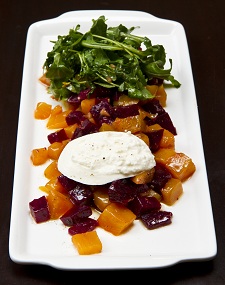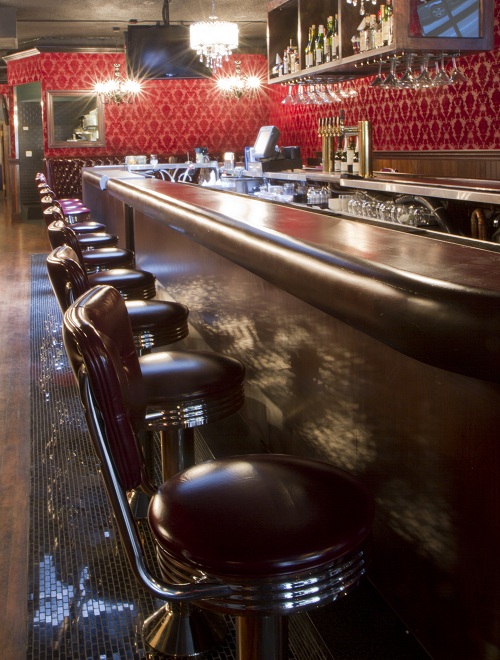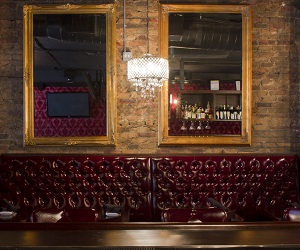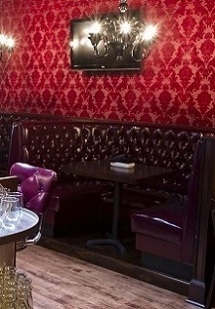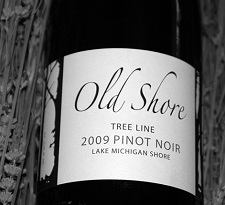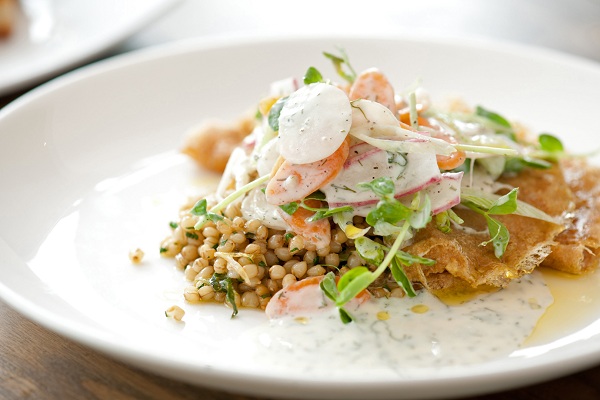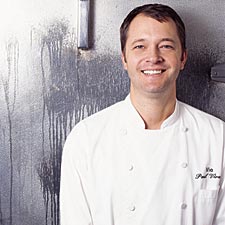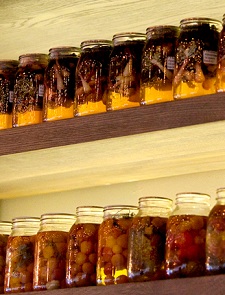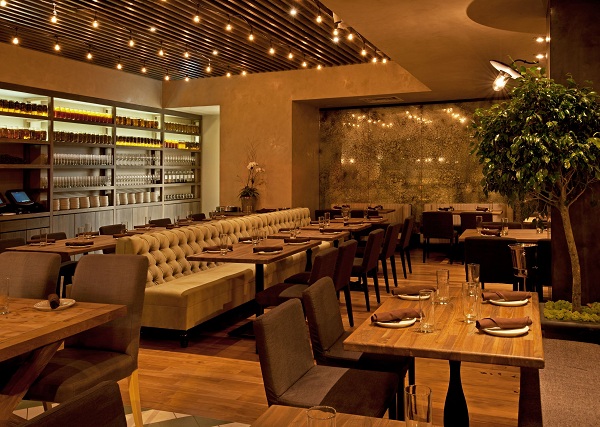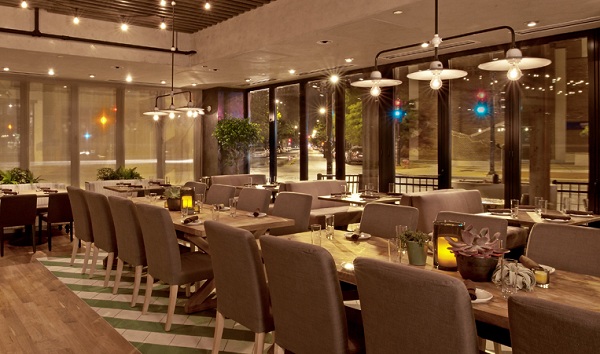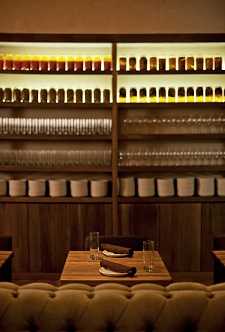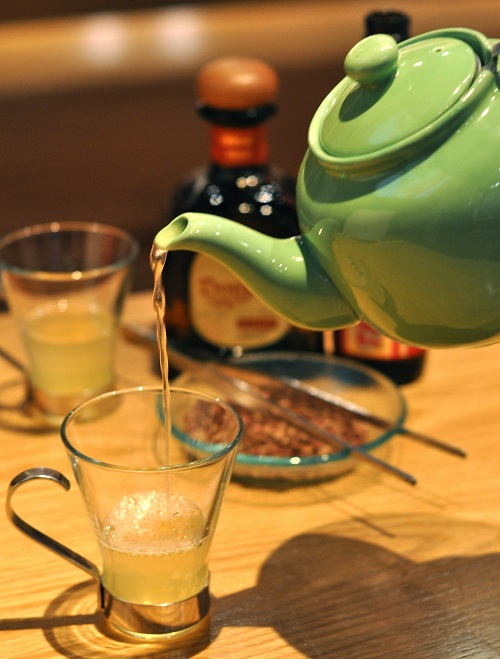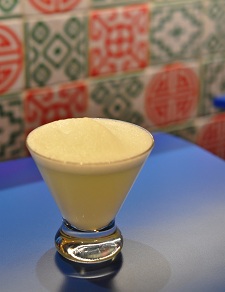
Adam Weber showcases the popular Japanese spirit shochu at Chicago's Roka Akor , where he offers fruit and spice house-infused versions of the drink. Photo by Lara Kastner
Adam Weber wants to show you about shochu (pronounced “show-choo”).
Weber is the beverage director at Chicago’s fashionable new Japanese eatery, Roka Akor. And he is anxious to introduce diners to shochu, a distilled spirit that is ubiquitous in Japan. Not widely known in the States, shochu outsells sake in its homeland, and can even be purchased from street vending machines there.
“I want to create that word on the street,” says Weber, who is positioning Roka Akor to be the city’s “go-to place for shochu.”
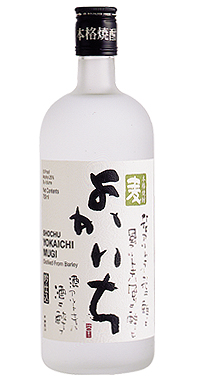
Low in calories, shochu, which is produced from a variety of starches, is now more popular in Japan than sake.
With an alcohol content generally averaging about 25 percent, shochu “can be made and distilled from any number of different [starches] — buckwheat, barley, rice and even brown sugar,” Weber says.
The spirit “provides different taste profiles” depending on which starch is used to make it. Koji, a mold that converts the starch to sugar, also contributes to its flavoring.
Depending on the shochu, the palate may read it as similar to vodka, gin or tequila — although it is lower than all of these in both proof and calories. (For example, a 2-ounce pour of shochu contains about 35 calories, while an equal amount of vodka contains 120.) Brown sugar shochu can taste similar to rum. And that’s part of the fun, Weber says.
Currently, Roka Akor offers seven varieties of shochu, and within the next few months, Weber hopes to double or even triple that number.
“There are so many different ones, and so many to choose from,” he says.
The Japanese consume shochu in a number of ways — neat, on the rocks, warmed, mixed with fruit juices, served in tea — and Weber also serves it in a variety of formats, both traditional and new.
Yes, you can get a straight pour of shochu on ice. But Weber also infuses his spirits with fresh fruits and spices. Presently he’s offering flavors such as blueberry, pineapple and mango-chile. As the weather gets colder, he’ll add more seasonal options, including fig and spiced apple. The infusions are served over ice that is freshly chipped from an ultra-pure and impressive 60-pound-block that the restaurant custom orders.
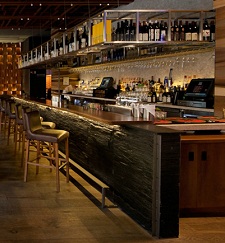
Weber is working on a new beverage menu that will incorporate additional shochu-based beverages. Photo by Lara Kastner
“I’m into ‘market-fresh mixology,’” says Weber, who has plans to add a number of shochu-based drinks to the restaurant’s soon-to-be revamped cocktail menu. (Weber will focus on showcasing Asian-tinged versions of classic cocktails. And he will be lowering prices as well, so I will not be listing current prices in this post.)
For now, he’s serving a fresh cherry and black peppercorn Manhattan, which he describes as “a spinoff on the classic Manhattan.” Here, Weber mixes his house-infused cherry-peppercorn shochu with Punt e Mes vermouth, Angostura bitters and cherry syrup. The cocktail, which is stirred over ice and served straight up, is finished with Luxardo Maraschino cherry liqueur.
Weber is also perfecting a traditional shochu tea service, where guests are presented with a serving of shochu and a pot of tea; the two beverages are then mixed together.
Says Weber: “I really want to introduce the Japanese culture to the people at Roka Akor.”
Roka Akor
456 North Clark Street
Chicago, Illinois 60654
www.rokaakor.com




